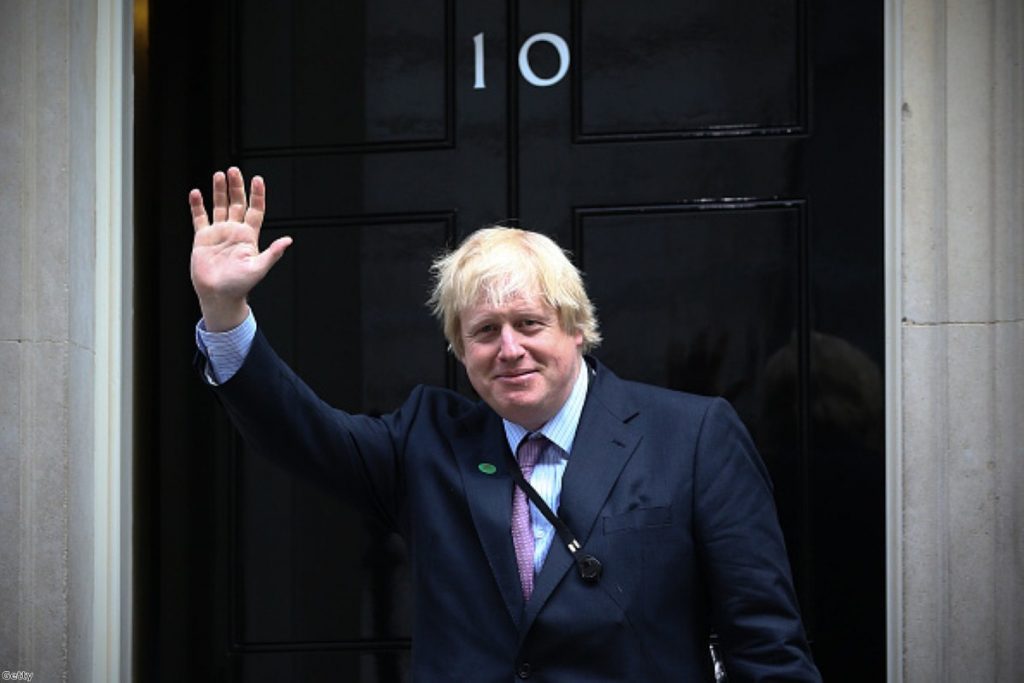Cameron reshuffles. Now let the Tory leadership battle begin
All eyes are on the Labour party this week as they begin their protracted process of choosing their next leader.
But the sad reality for Labour is that this battle is something of a sideshow. The debate over the party's future is obviously important, but the whoever Labour chooses will face an almost insurmountable battle to even get close to winning a majority once the Tories implement new boundary changes. In the absence of a complete collapse of the current government, Labour are on course to be out of power for at least another ten years, by which point whoever they choose this year is likely to be long gone.
So in many ways it is this week's reshuffle which will be the more significant pointer to where British politics is headed. Get his reshuffle right and Cameron is heading for another decade of Tory government. Get it wrong and the Tories could very quickly go the way of John Major's government in 1992.
So what can we judge from this reshuffle? Well the first thing to point out is how little actual reshuffling Cameron has done.


Theresa May, George Osborne, Philip Hammond, Michael Fallon, Nicky Morgan, Jeremy Huntand even Iain Duncan Smith all stay in their place. IDS's retention is surprising given his dire performance at the Department of Work and given he is reportedly seen as a liability by those around Cameron, including his chancellor.
But with £12 billion worth of incredibly controversial welfare cuts still to be decided on, Cameron possibly had difficulty finding anyone else willing to take on the job. More importantly he probably decided that getting rid of IDS would have been more trouble than it was worth. The last time Cameron reshuffled his cabinet, Duncan Smith reportedly point-blank refused to budge. Getting rid of him now may have been one battle Cameron simply doesn't have the strength to take on.
And it is this fundamental weakness of Cameron's position which this reshuffle highlights. With such a paper-thin majority, Cameron cannot do anything which creates more troublemakers within the government. Because of this, almost the sole purpose of this reshuffle is to lock potential troublemakers in.
The biggest advantage he has in this regard is that the end of the coalition means he suddenly has a lot of vacant positions which can be used to buy loyalty. Normally reshuffles create bad feeling within governments as those who are forced out return to the backbenches to plot. Cameron is incredibly fortunate to be able to avoid that risk this time.
But the reshuffle is also an opportunity for those new recruits to make their own names in advance of what will be the biggest battle taking place this parliament – the battle to replace David Cameron as leader and prime minister.
The promotion of Sajid Javid to the big job of business secretary is significant in this regard. Javid has been talked up as a potential successor to Cameron for some time. This puts him in a much better position to live up to that promise, as does the promotion of Priti Patel, who was a regular feature on the airwaves during the general election.
But it is perhaps the decision to appoint Boris Johnson which is the most significant appointment. Johnson had promised that he would not take on a big departmental role while he remained mayor of London. His decision to accept this new role just about fulfils the letter of that promise if not exactly the spirit. But the real purpose of the move is to lock Johnson into whatever agenda the government now brings forward. Had Johnson been left on the backbenches he would have been free to position himself as an independent voice opposing all manner of government policies, particularly on airport expansion.
By finding a way of bringing him into government, Cameron will have gone a long way to neutering the threat that Boris poses to his government. Whether or not he will be successful remains to be seen. However, once Cameron finishes his reshuffle, the battle to succeed him will surely begin.









